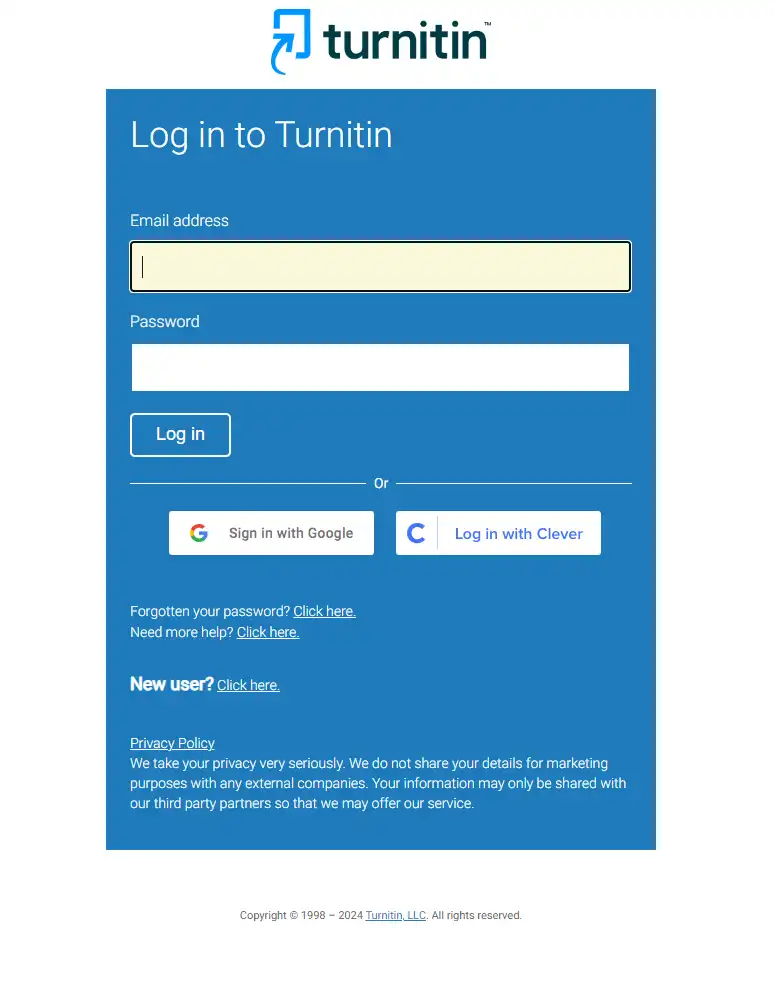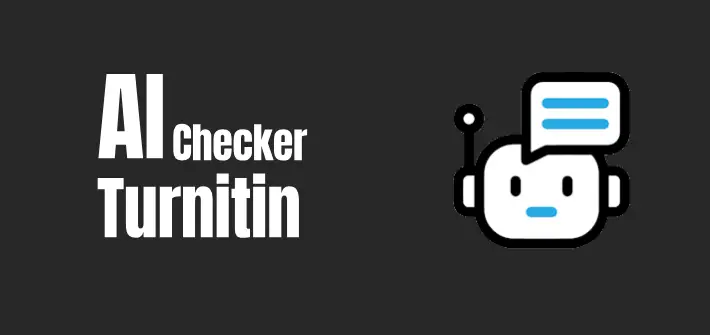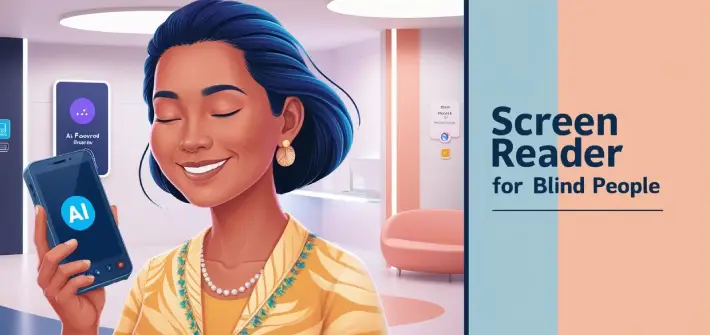In the realm of academia, integrity and originality are paramount. Plagiarism, whether intentional or unintentional, undermines these principles and can have serious consequences for students and educators alike. To combat this issue, Turnitin, a leading provider of academic integrity solutions, has developed an AI-powered plagiarism detection tool known as the AI Checker. In this comprehensive guide, we’ll delve into the workings of Turnitin’s AI Checker, providing students and educators with a thorough understanding of its capabilities and how to effectively utilize it.
Introduction to AI Checker Turnitin
What is Turnitin’s AI Checker?
Turnitin’s AI Checker is an advanced plagiarism detection tool that employs artificial intelligence (AI) algorithms to analyze submitted documents and identify instances of potential plagiarism. By comparing submitted content against a vast database of academic materials, the AI Checker helps educators and students ensure the originality of their work.
Key Features and Benefits
1. Comprehensive Plagiarism Detection
The AI Checker utilizes sophisticated algorithms to detect various forms of plagiarism, including verbatim copying, paraphrasing, and improper citation. Its comprehensive approach helps users identify instances of academic misconduct with precision.
2. Real-Time Feedback
With its real-time feedback feature, the AI Checker provides instant results to users, allowing them to review potential issues and take corrective action before submitting their work. This proactive approach empowers students to improve their writing skills and maintain academic integrity.
3. Educational Resources
In addition to plagiarism detection, Turnitin’s AI Checker offers educational resources and tutorials to help students understand the importance of academic integrity and proper citation practices. By promoting awareness and education, the tool encourages ethical writing practices among students.

How AI Checker Turnitin Works
Submission and Analysis Process
1. Document Submission
Users submit their documents, such as essays, research papers, or assignments, to Turnitin’s platform for analysis. The AI Checker accepts various file formats, including Word documents, PDFs, and text files.
2. Text Comparison
Once submitted, the AI Checker compares the submitted text against its extensive database, which includes academic journals, publications, and previously submitted student papers. Through advanced text-matching algorithms, the tool identifies similarities between the submitted document and existing content.
3. Generation of Similarity Report
Based on its analysis, the AI Checker generates a detailed similarity report that highlights any matches or similarities found within the submitted document. The report provides users with a breakdown of flagged content, including sources and similarity percentages.

How to Use Turnitin
To use Turnitin, you must first visit the Turnitin website and navigate to the login page. You need to have registered beforehand. You can log in using your Google account for seamless access.
Interpretation of Similarity Report
1. Review of Matches
Users review the similarity report to identify any flagged content and determine the nature of the matches. The report categorizes matches based on their severity, allowing users to prioritize their review and address potential issues accordingly.
2. Citation Analysis
In addition to identifying matches, the AI Checker analyzes citations and references within the submitted document to ensure proper attribution. Users can review citation accuracy and address any discrepancies or missing references identified in the report.
Best Practices for Students and Educators
Students
1. Understand Citation Guidelines
Familiarize yourself with citation styles and guidelines specific to your academic discipline. Proper citation practices help prevent unintentional plagiarism and ensure the integrity of your work.
2. Use Original Writing
Prioritize originality in your writing by synthesizing information from multiple sources and expressing ideas in your own words. Avoid verbatim copying or excessive reliance on external sources without proper attribution.
Educators
1. Provide Clear Guidelines
Communicate clear expectations regarding academic integrity and citation practices to your students. Establish guidelines for proper citation and referencing to help students avoid plagiarism.
2. Foster a Culture of Integrity
Promote a culture of academic integrity within your educational institution by emphasizing the importance of originality and ethical writing practices. Encourage open dialogue about plagiarism and provide resources to support student learning.
Conclusion: Empowering Academic Integrity with Ai Checker Turnitin
Turnitin’s AI Checker represents a valuable tool for upholding academic integrity and promoting ethical writing practices in educational settings. By leveraging AI technology, students and educators can detect and address instances of plagiarism effectively, ensuring the integrity and originality of academic work. With a thorough understanding of Turnitin’s AI Checker and adherence to best practices, students can enhance their writing skills, while educators can foster a culture of integrity within their classrooms.




